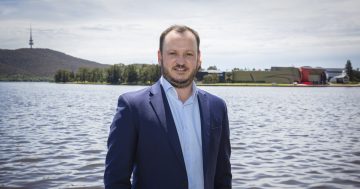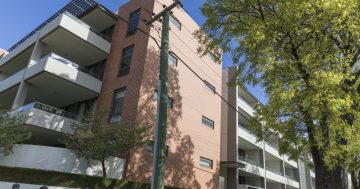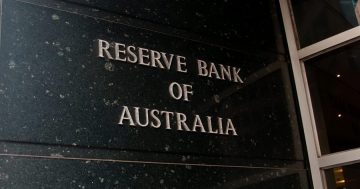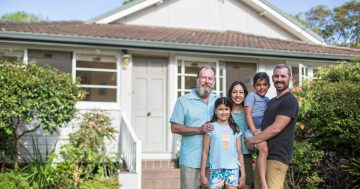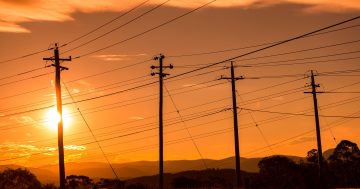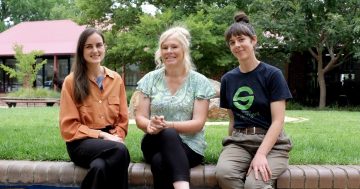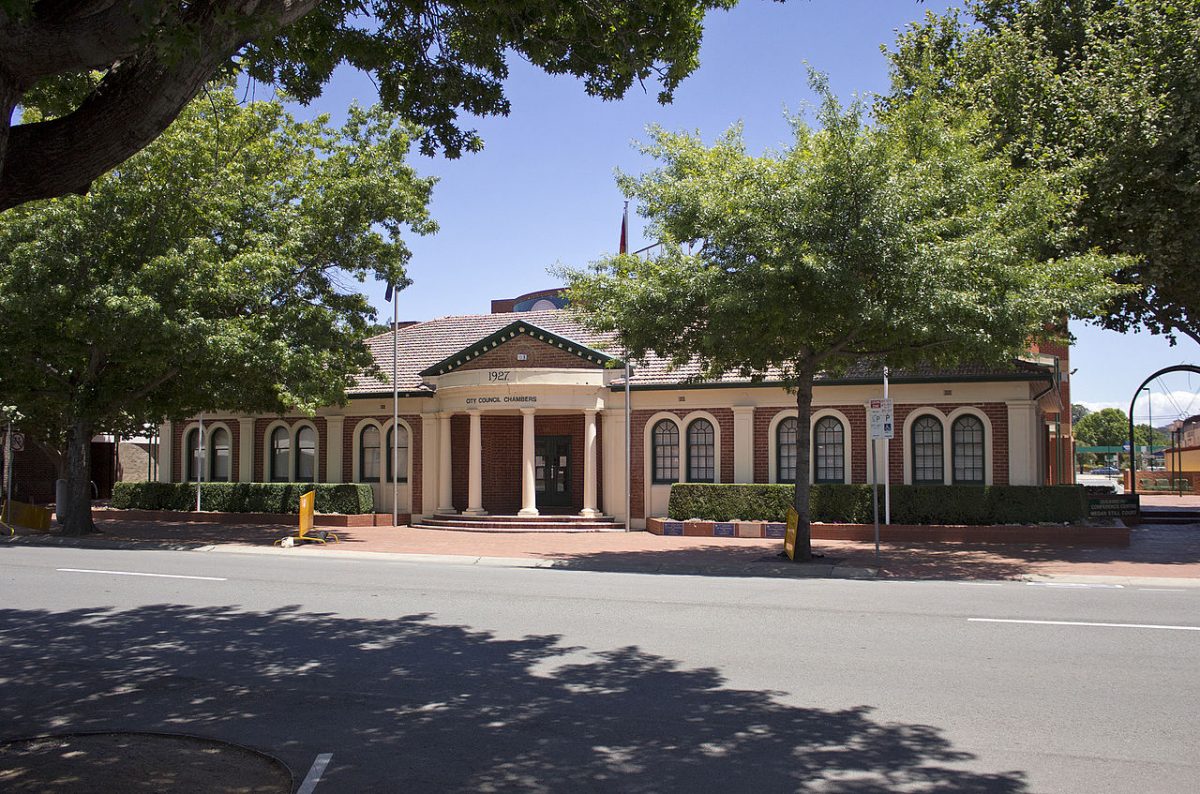
The Queanbeyan-Palerang community has been asked to have its say on three financial scenarios being considered by the council. Photo: Bidgee.
Stop funding of all community halls, facilities and activities, close pools and libraries and bring in paid parking.
These are some of the things that could become reality for the Queanbeyan-Palerang region unless rates are significantly raised, according to the council.
The council (QPRC) recently announced it had three rates scenarios to consider, and further details were revealed at the recent meeting.
QPRC general manager Rebecca Ryan said the three scenarios would affect the general rate.
“All three rate rise scenarios include enough funds that ensures council’s assets like roads, stormwater and buildings are maintained appropriately; however, two scenarios involve service cuts,” she said.
“This proposal does not include waste, sewerage, stormwater or water access charges.”
According to the draft Long Term Financial Plan for 2022-32, this is what is being considered:
Scenario One – Significantly Reduce Services
Rates increase by 12 per cent a year for three years, resulting in a cumulative increase of 41 per cent.
“This scenario does not fully fund current Council operations and will require a strategy to find immediate savings of $12 million each year,” the report said.
“This kind of saving may include privatising or selling The Q, stopping funding to all community halls, facilities and activities, cutting heritage grants, closing pools and libraries, customer service centres and depots at Bungendore and Braidwood, significantly reducing urban amenities (street sweeping, mowing, maintenance and cleaning), reducing the number of Councillors, removing the additional pensioner rebate, and introducing paid parking.”
Scenario Two – Reduce Services
This suggests a rate increase by 18 per cent over three years, resulting in a cumulative increase of 64 per cent.
However, non-core services would need to be reduced and $5.5m in savings would have to be found each year.
“Savings could include significantly increasing fees at The Q, reducing community funding by 50 per cent, cutting heritage grants, only keeping one pool and stopping development of new sports and aquatics facilities, increasing fees, reducing urban amenities (street sweeping, mowing, maintenance and cleaning), reducing the number of councillors, removing the additional pensioner rebate, and introducing paid parking.”
Scenario Three – Maintain Services
This is the preferred option by the council, but contains the largest rates increase.
Rates would increase by 28 per cent in year one, 25 per cent in year two and 23 per cent in year three.
This is a cumulative increase of 97 per cent.
But the council said this would fully fund the current levels of service, provide $400,000 each year towards expanded infrastructure, give access to state government grants that require 1:1 funding, and an extra $1.9 million each year to renew community infrastructure such as footpaths and pools.
“This scenario provides for an additional pensioner rebate of $100 for eligible pensioners across the local government area,” the report stated.
“It also allows for $1.3 million towards new environmental programs.”
During the council debate, Cr Bryce Wilson said the cash position the council found itself in was “10 years in the making”, partly due to debts the two councils had before their 2016 merger and the state government legislation that prevented merged councils from raising rates above inflation.
He said there wasn’t a way for the council to find other savings in order to fix the problem.
“We can’t ‘cut’ our way back into sustainability, it’s not possible,” Cr Wilson said.
“We can’t live within our means to make up for 10 years of the situation we’ve got to.”
Cr John Preston acknowledged it was the “cruellest of blows” to be discussing such significant rate rises at a time when locals were hurting financially due to rising inflation, lack of wage growth, increasing utilities costs and natural disasters.
“Ratepayers are already finding it difficult to see value for money in the rates they pay, and it will be even tougher for them to see value for money following the magnitude of rate rises forced upon this council,” he said.
“The road to financial stability is a hard one, and the scenarios that we are taking to the community to achieve this puts us between a rock and a hard place, but unfortunately we have no choice.”
He blamed the issue on the State Government, and what he saw as a “structural” problem with local government funding.
“I’m deeply concerned any model we and the community decide on in this debate about our long-term financial stability will only see us revisiting this issue in a few short years,” Cr Preston said.
However, Cr Mareeta Grundy still urged the council to find savings where it could in the interim.
“I want a commitment from my colleagues, moving forward, that during our term we will pull out all the stops so that council does not end up back here in 10 years’ time with hands digging even deeper into ratepayers’ pockets,” she said.
The draft Long-Term Financial Plan is now on exhibition, with the community urged to give feedback about what services mattered to them and how they felt about the proposed scenarios. You can have your say until 31 January, 2023.
Original Article published by Claire Fenwicke on About Regional.












